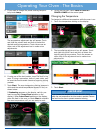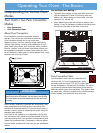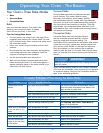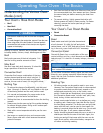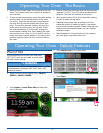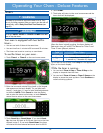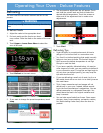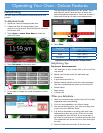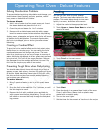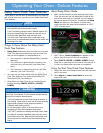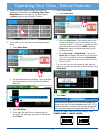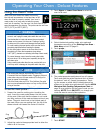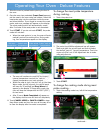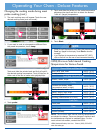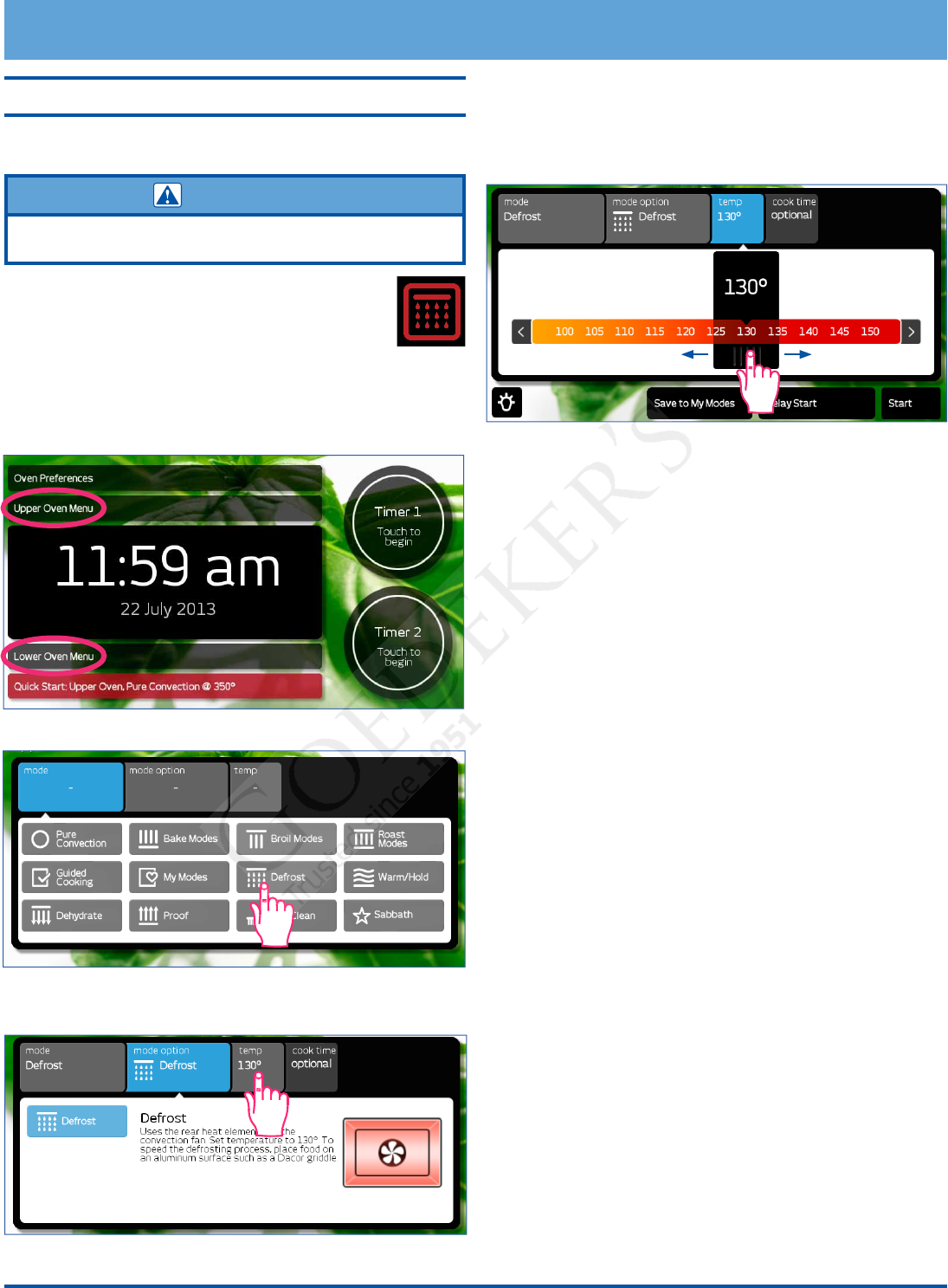
19
Operating Your Oven - Deluxe Features
Defrosting
The oven uses the convection element and fan for this
process.
warning
To avoid food poisoning, cook meats immediately after defrosting
them.
To defrost foods
1. Adjust the racks to the appropriate level.
2. For best results put the food on an alumi-
num surface. Place the food on the center of the oven
rack.
3. Touch Upper or Lower Oven Menu to select the
oven to be used.
4. Touch Defrost on the main menu.
5. If you want to change the preset temperature, touch
temp.
6. The temperature adjustment bar will appear. Touch
and slide the pointer back and forth to select the
desired defrost temperature. Touch the arrows on
either end of the adjustment bar to make minor
adjustments.
7. Touch Start.
Defrosting Tips
• Food that takes an exceptional amount of time to
defrost will not defrost well in a convection oven.
• You should not defrost anything that would normally
take over two hours to thaw. The food will begin to
spoil because the defrost temperature is not high
enough to cook the food.
• If you have a partially defrosted turkey, rib roast or
other large cut of meat, you may continue to defrost it
in your convection oven. If wing tips and legs begin to
dry out when you defrost poultry, you may wrap the
tips with aluminum foil.
• If you are defrosting a small cut of meat, lay it on a
at cookie sheet with a one inch rim to catch juices as
the meat thaws.
• Thick, frozen casseroles such as lasagna will not
defrost well in your oven. Instead, defrost accord-
ing to the food manufacturer’s suggestions. You can
defrost casseroles in a refrigerator overnight. You
should leave the food in its original container and
keep it covered.
• You can bake some foods from frozen. Some exam-
ples are: pizza, frozen pastries, croissants, cookies,
etc. Before baking frozen food, allow the oven to
preheat.




